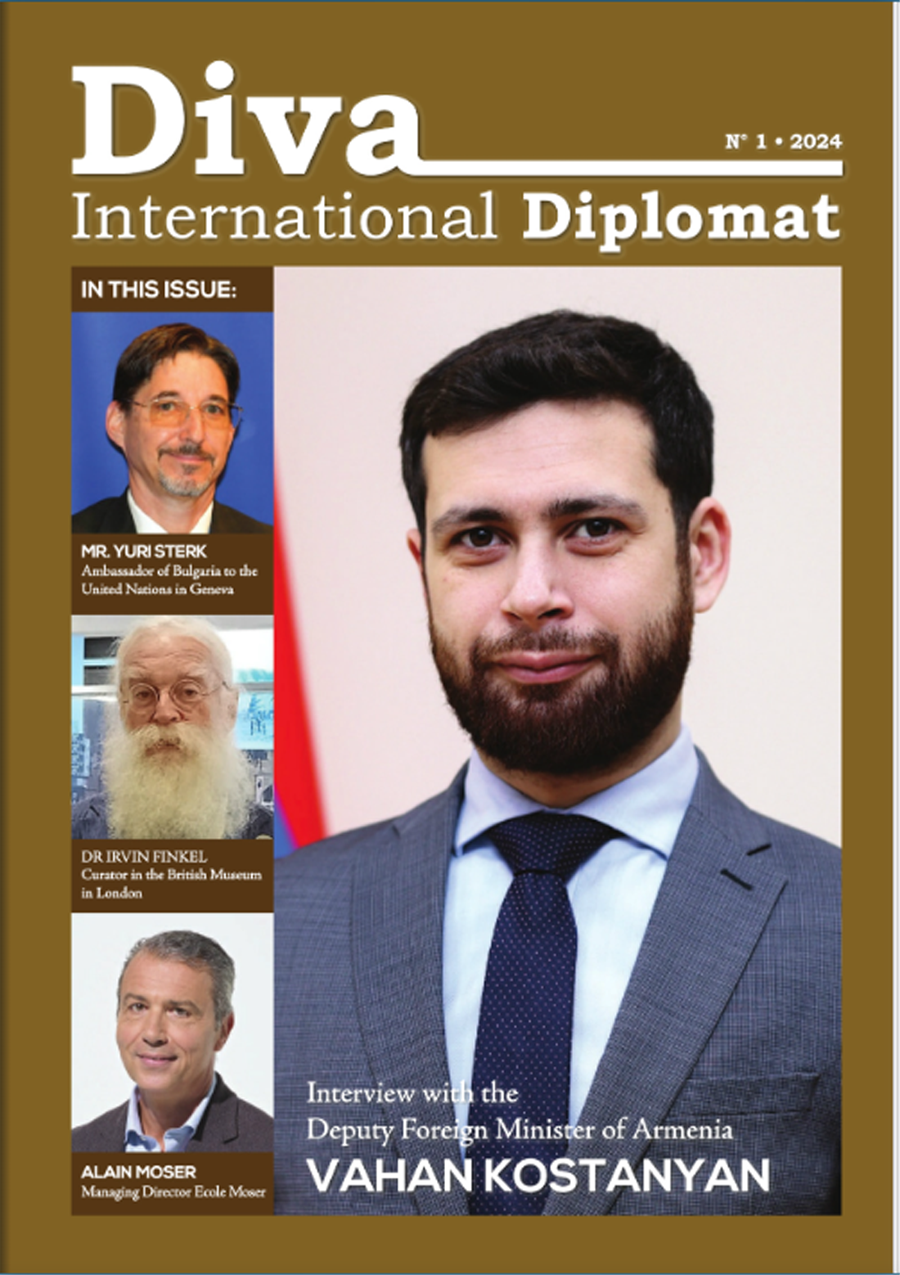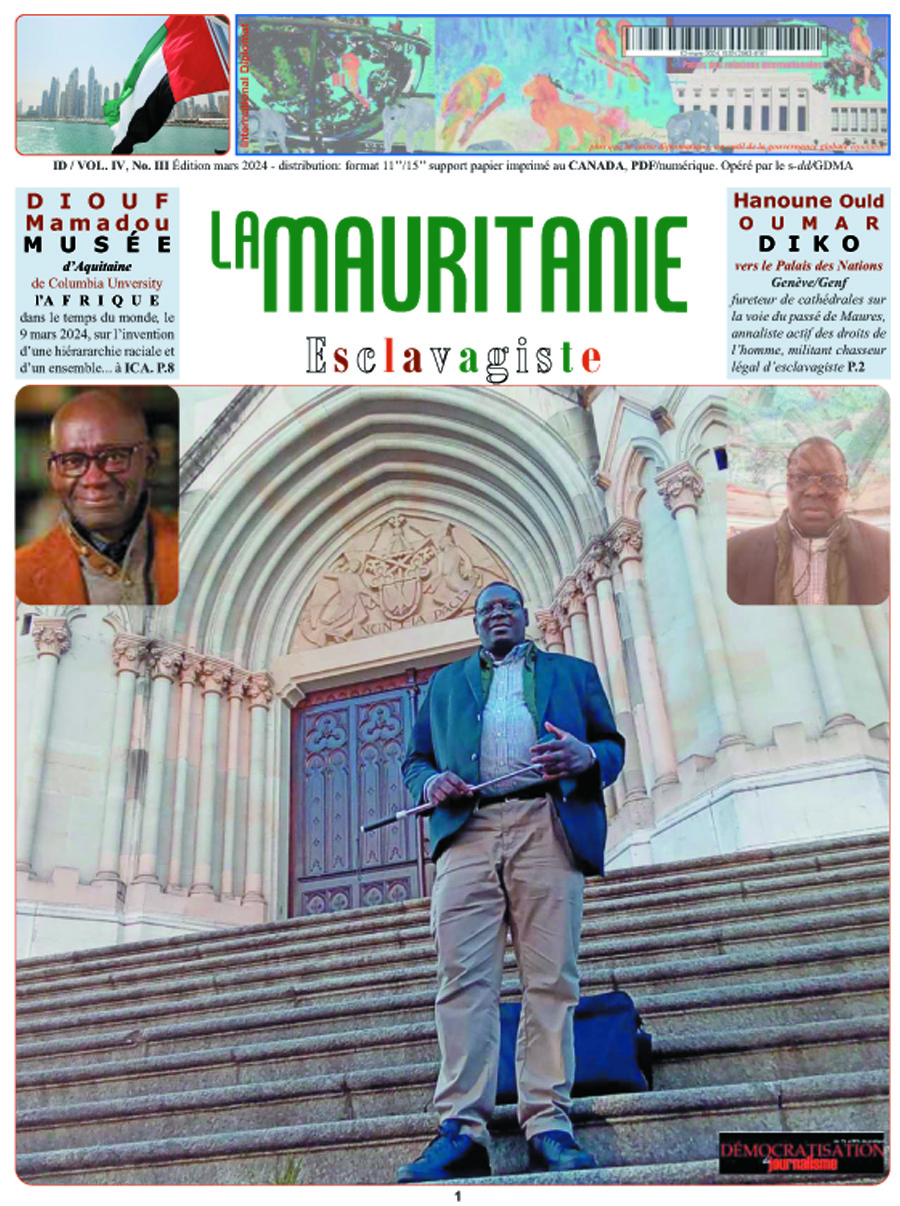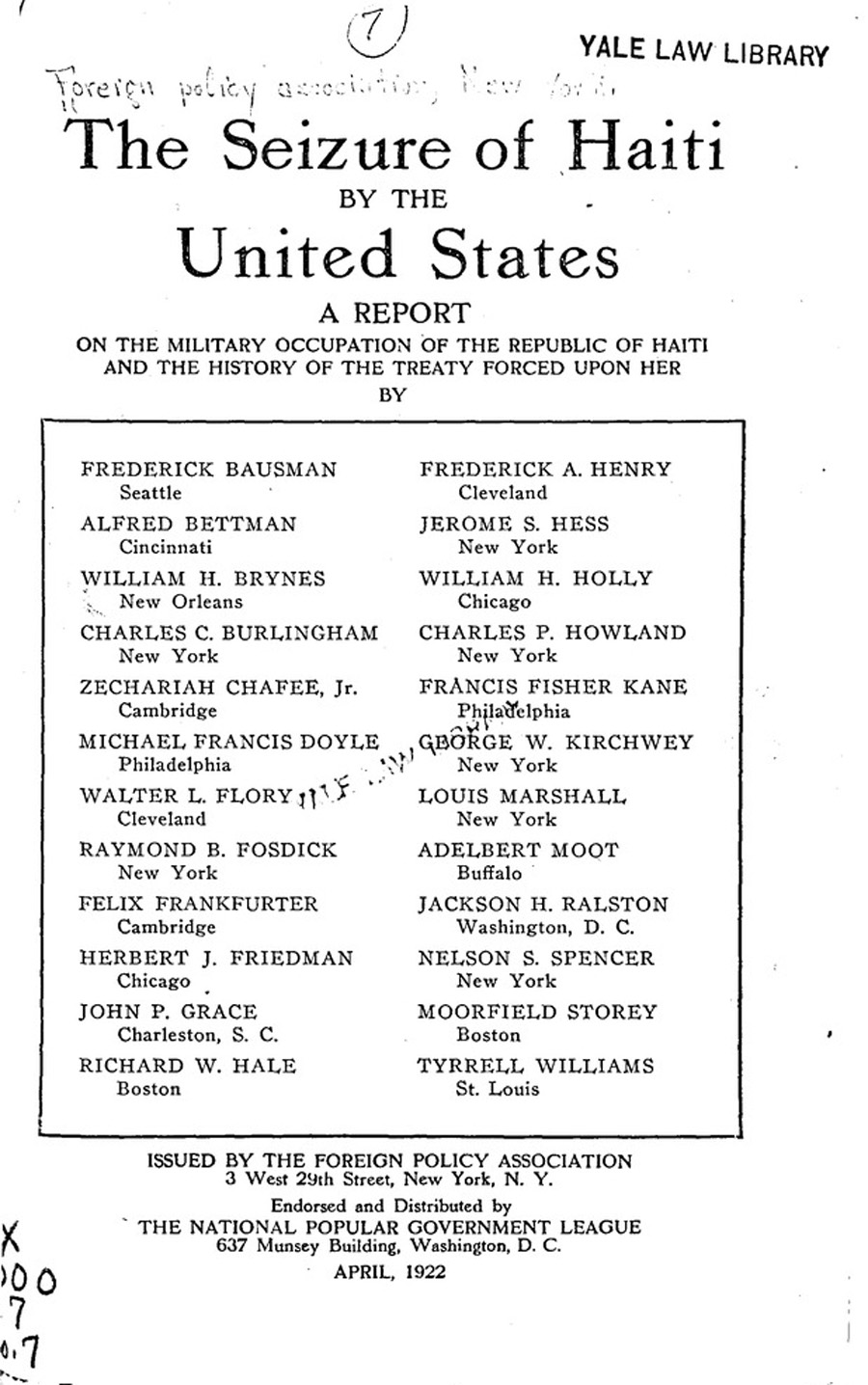 Although she became Empress of Austria, Elizabeth of Wittelsbach (known by her nickname Sissy) was known throughout Europe for not behaving in the way a conventional empress should. Her life came to a tragic end when she was murdered in Geneva in 1898.
Although she became Empress of Austria, Elizabeth of Wittelsbach (known by her nickname Sissy) was known throughout Europe for not behaving in the way a conventional empress should. Her life came to a tragic end when she was murdered in Geneva in 1898.
She was born on Christmas Eve 1837 in Munich, the daughter of the Duke Maximilian Joseph of Bavaria and his wife Ludovika. Her father was a rather jovial and eccentric aristocrat, something of a poet, very much at home in the forests and fields of his country estate. She spent her childhood in a carefree rural existence in the company of her brothers, sisters, dogs and horses.
In August 1853, the Archduchess Sophie, who was mother of Franz Joseph I, Emperor of the Habsburg Austro-Hungarian Empire, invited her sister Ludovika and her daughter Helene to Bad Ischl. Sissy, aged 15, came along too. It had been planned by these two ladies that the Emperor, then aged 23, should look upon Helene as a prospective bride. To the general consternation, he only had eyes for Sissy. On 24 April 1854, aged 16, Sissy married Franz Joseph and became Empress of Austria. In 1855 and 1856 she gave birth to two daughters, the eldest of whom died of measles aged 2. Finally, in 1858, the long-awaited Crown Prince Rudolph arrived.
However, the exceptionally beautiful and high-spirited Sissy became a fairy-tale princess living in a gilded cage. As Empress of Austria Sisi was expected to behave at all times in a regal manner, but her rural childhood had not prepared her for court life. Sissy was openly contemptuous of ceremony, and was rewarded with strong disapproval from her mother-in-law, the Archduchess Sophie. This formidable lady forbade trips to the shops, trips to the countryside, drinking beer. She even took away Sissy’s children as soon as they were born and chose their names ! Franz Joseph would not oppose his mother. Harassed by her mother-in-law, Sissy sought refuge from public scrutiny in her private apartments and her health began to suffer. Tuberculosis was diagnosed. In 1859, she was sent to Madeira on board the British Queen Victoria’s yacht and lived in a house there for some months as anonymously as possible. Although cured, her attempts to return to Vienna, where her mother-in-law still reigned supreme, immediately led to a relapse. She was not given long to live and took refuge in Corfu and Venice. Throughout her life her husband remained completely devoted to her.
In the nineteenth century, the Austro-Hungarian Empire was called “the sick man of Europe”. Under pressure for national identity from the Slavs, the Czechs, the Italians and particularly the Hungarians, the Habsburg Empire was breaking apart, aided by Franz Joseph’s clumsy and irresolute policies. Nevertheless, with a blend of hard work, long hours, inimitable dignity and a profound sense of duty, he was to hold the remnants of the Empire together during the sixty-eight years of his reign from 1848 to 1916. Prior to 1914 there had been a long period of peace and relative stability in central Europe, but in 1919 the empire totally disintegrated.
In 1865 the person in charge of the education of Crown Prince Rudolph, who had been appointed by the Archduchess Sophie, turned out to be a charlatan. Sissy gave an ultimatum to her husband that henceforth she would be entirely responsible for all decisions concerning herself and her children. Franz Joseph agreed and the mother-in-law’s power began to wane. Sissy then entered upon a splendid period during which her beauty, intelligence, simplicity and kindness charmed everybody who came into contact with her, from crusty Prussian generals to the sick and injured.
Sissy began to take an interest in political issues, particularly the desire of the Hungarians to achieve independence. She was instrumental in bringing about the Austro-Hungarian Compromise that gave the Hungarians a measure of self-rule. This political solution was so felicitous to all parties that Franz Joseph and Sissy were crowned King and Queen of Hungary on 8 June 1867. She now spent much of her time at the Hungarian palace situated at G ?d ?ll ? north-east of Budapest. She gave birth to another daughter, Marie Valerie, who was brought up as a Hungarian. Sissy spoke several languages, among them German, French, English, Greek and Hungarian. She had Hungarian servants and benefited from an unparalleled popularity in that country that continues to this day.
After 1870 Sissy largely withdrew from public life. She became an accomplished and daring horsewoman, spending her winters fox-hunting in England and Ireland. She was obsessed with her physical appearance, particularly in maintaining a perfect figure. In the royal apartments she had her own work-out room. For decades she followed draconian hunger diets that bordered on anorexia. When sciatica made horse-riding impossible, she dedicated herself to poetry and travel, particularly the study of ancient Greece.
The suicide of Crown Prince Rudolf at the age of 30 at the royal hunting lodge of Mayerling devastated Sissy and particularly the Franz Joseph, for he had no other male heirs (see box).
Although nominally still Empress, Sissy spent the last ten years of her life restlessly travelling, invariably dressed in black. Shortly before noon on 10 September 1898, during a shopping trip to Geneva, she was stabbed by an Italian anarchist, Luigi Luccheni, as she boarded the paddle-steamer to return to Montreux. It was nothing personal. He was apparently on the lookout to attack any figure of the nobility and Sissy was the first person to cross his path who fitted this description. Wounded but unaware of the seriousness of her injury, she staggered aboard the paddle-steamer, which set sail. She collapsed and died on board.
It is difficult not to make comparisons between Sissy and Princess Diana. Both were women of extraordinary beauty, charm and natural grace and succeeded in being popular far beyond the boundaries of their country. Both moved away from the ceremony of antiquated regimes, and yet represented their countries with dignity and style. Both died tragically.
Hayward Beywood
Sources • www.angelfire.compa/Imperialrussian/royalty/austria/sisi.html
MAYERLING What happened at the snow-bound hunting lodge of Mayerling on the night of 29–30 January 1889 remains one of the most extraordinary tragedies of the nineteenth century. Sissy’s son, Crown Prince Rudolph, was heir to the Austro-Hungarian Empire. He had discretely asked the Pope for the marriage to his wife, the Princess Stephanie, to be annulled so that he could marry Mary Vetsera. This was a 17-year-old girl who he had known for just a few weeks. The Pope refused and informed his father, the Emperor Franz Joseph. After a tremendous quarrel, the Emperor told Rudolph that he was not fit to inherit the throne. Following this double failure—emotional and political—he entered into a suicide pact with Mary Vetsera. They went to Mayerling as surreptitiously as possible and spent the night together. At about 7 o’clock in the morning, he shot Mary and then himself in the head. Although this is now believed to be what happened, there have been many plausible and implausible alternative accounts. In fact, Rudolph was in a bad way because he was suffering from syphilis, had a cocaine habit, and was depressive because he felt that he was not playing any significant role in the running of the State. He was fond of playing with firearms and had approached other young ladies with proposals of a death pact. He left three suicide notes : to his mother Sissy ; to his sister Marie Valerie ; and to his footman asking that he should be buried alongside Mary. In this respect too, he was unlucky.





